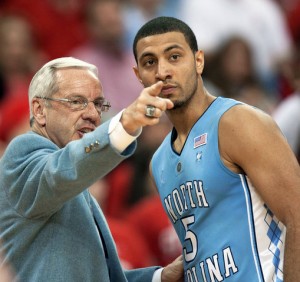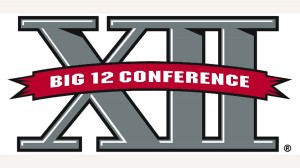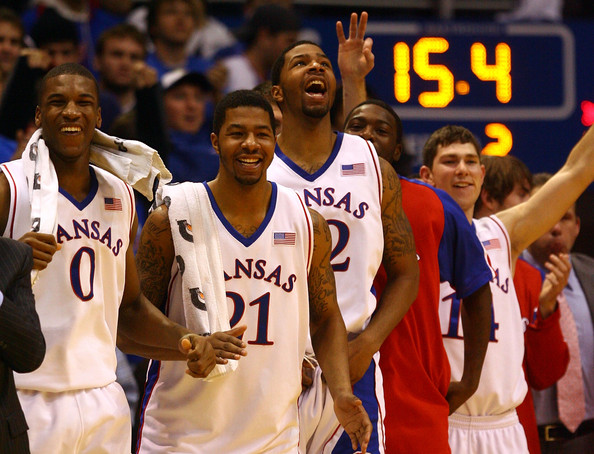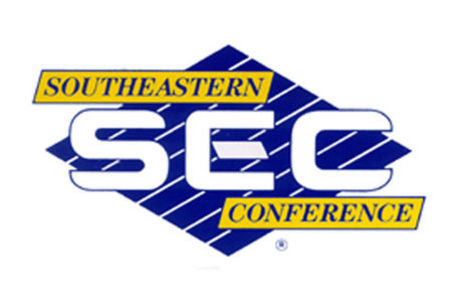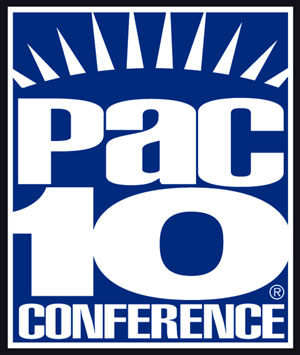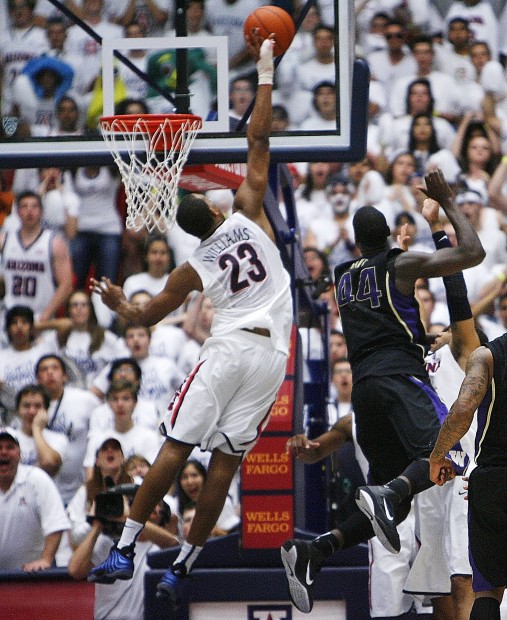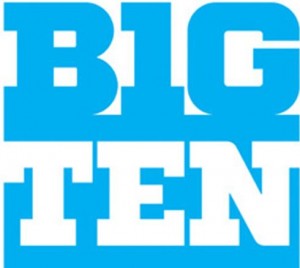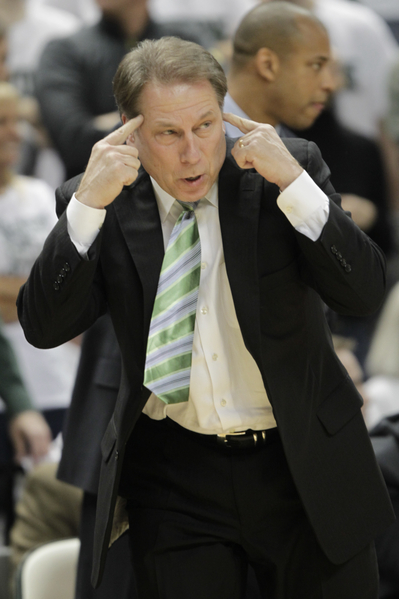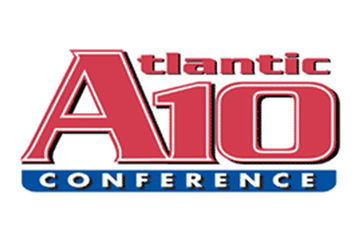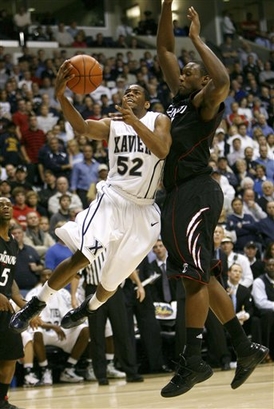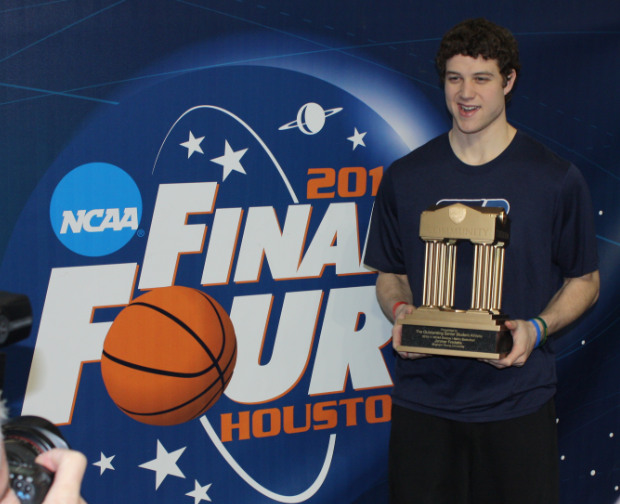Posted by Brian Goodman on April 19th, 2011

Brian Otskey is an RTC contributor. We will be publishing a series of conference report cards over the next week for conferences that got multiple NCAA bids to recap the conference, grade the teams, and look at the future for the conference.
Conference Recap
- College basketball has never witnessed a season like this year’s Big East. The conference destroyed its own record of eight NCAA bids by placing 11 clubs in the Big Dance this year and also claimed the national champion with Connecticut, which spent most of the season in the middle of the pack in the Big East. The Huskies also gave the conference its first title since the Huskies last did the trick in 2004. While there was not a truly great team in the Big East (including Connecticut), the league was better than any other from top to bottom. Of the five teams that failed to make the NCAA Tournament, only South Florida and DePaul were truly uncompetitive. Rutgers showed signs of improvement while Seton Hall managed to win seven league games and gave some good teams a major scare in the process. Even Providence, which finished 4-14, knocked off Louisville and Villanova in consecutive games back in January. Despite the lackluster NCAA showing by most Big East members, it says here the conference boasted the best player in the nation (sorry, Jimmer) and a deserving national champion. Additionally, ten Big East teams were ranked in the AP Top 25 at some point this season. Say what you want about its postseason performance (it’s certainly fair to bash the league in that regard), but this was by far the best conference in the nation this year.

Jim Calhoun (left) and Kemba Walker will be inextricably linked to UConn's memorable NCAA Tournament run. (Reuters/Lucy Nicholson)
Team-by-Team (teams are in order of finish, but grades are based on performance vs. expectations):
- Pittsburgh (28-6, 15-3): The regular season was terrific once again for Jamie Dixon and the Panthers but, as has become common over the years, they fell short of their goal–getting to the Final Four. Pittsburgh lost four of their final eight games after starting the season 24-2. A mid-season injury to Ashton Gibbs was thought to bring them down a peg, but Pitt responded with wins at West Virginia and Villanova without him to quiet any doubters. That turned out to be their peak. Dixon did not really test his team out of conference except for two games at Madison Square Garden against Maryland and Texas back in November as part of the 2K Sports Coaches vs. Cancer event and a “home” game (in Pittsburgh) against Tennessee, which they lost. Looking back, one theory could be that an average non-conference schedule did not adequately prepare this team for the NCAA Tournament which is all about match-ups and teams you haven’t seen before from other leagues. While Big East coaches love to use the strength of the league as a crutch when questioned about a lack of non-conference heft to their schedule, I think this is a theory that has to be taken into consideration. Big East play is obviously rough and tumble every night but that can actually be a detriment come tournament time when games are officiated tighter and you don’t have as much time to prepare for an opponent who you likely don’t know very well, if at all. Pitt will lose Gilbert Brown, Brad Wanamaker, and Gary McGhee to graduation while Gibbs tests the NBA waters. I expect Gibbs to come back to join a very good recruiting class led by five-star forward Khem Birch. Despite the loss of three senior leaders, look for Pitt to be in the thick of the Big East race yet again next season. Dixon has established a culture of winning and I have learned never to doubt him after witnessing the 2009-10 campaign, a season that certified Dixon as one of the best basketball minds in the country. While this year was a great success during the regular season, Pitt’s inability to get to the Sweet Sixteen and eventually the Final Four renders this year a disappointment. GRADE: B- Read the rest of this entry »
| conference report cards
| Tagged: aaron cosby, alex oriakhi, antonio pena, ashton gibbs, augustus gilchrist, austin freeman, ben hansbrough, bob huggins, brad wanamaker, Brandon Young, buzz williams, Carleton Scott, casey mitchell, chris smith, chris wright, cincinnati, cj fair, cleveland melvin, connecticut, dalton pepper, darius johnson-odom, deniz kilicli, depaul, dion waiters, dominic cheek, dwayne polee, dwight buycks, ed cooley, eric atkins, fuquan edwin, gary mcghee, georgetown, gerard coleman, gilbert brown, herb pope, hollis thompson, jabarie hinds, Jae Crowder, jamie dixon, jarrid famous, jason clark, jay wright, Jayvaughn Pinkston, jeremy hazell, jeremy lamb, jermaine sanders, jerome seagers, jim boeheim, jim calhoun, jimmy butler, john flowers, john thompson III, jonathan mitchell, jordan theodore, juan anderson, julian vaughn, junior cadougan, kadeem jack, kemba walker, keno davis, kevin jones, kevin willard, khem birch, kris joseph, louisville, maalik wayns, marquette, marshon brooks, mick cronin, mikael hopkins, mike brey, mike rice, mouphtaou yarou, myles mack, notre dame, oliver purnell, patrick connaughton, peyton siva, pittsburgh, preston knowles, providence, rakeem buckles, rick jackson, rick pitino, rutgers, scoop jardine, scott martin, seton hall, shane larkin, shaquille thomas, south florida, st johns, stan heath, steve lavin, syracuse, tim abromaitis, truck bryant, tyrone johnson, Tyrone Nash, vander blue, villanova, Vincent Council, wayne blackshear, west virginia, yancy gates
Share this story






























